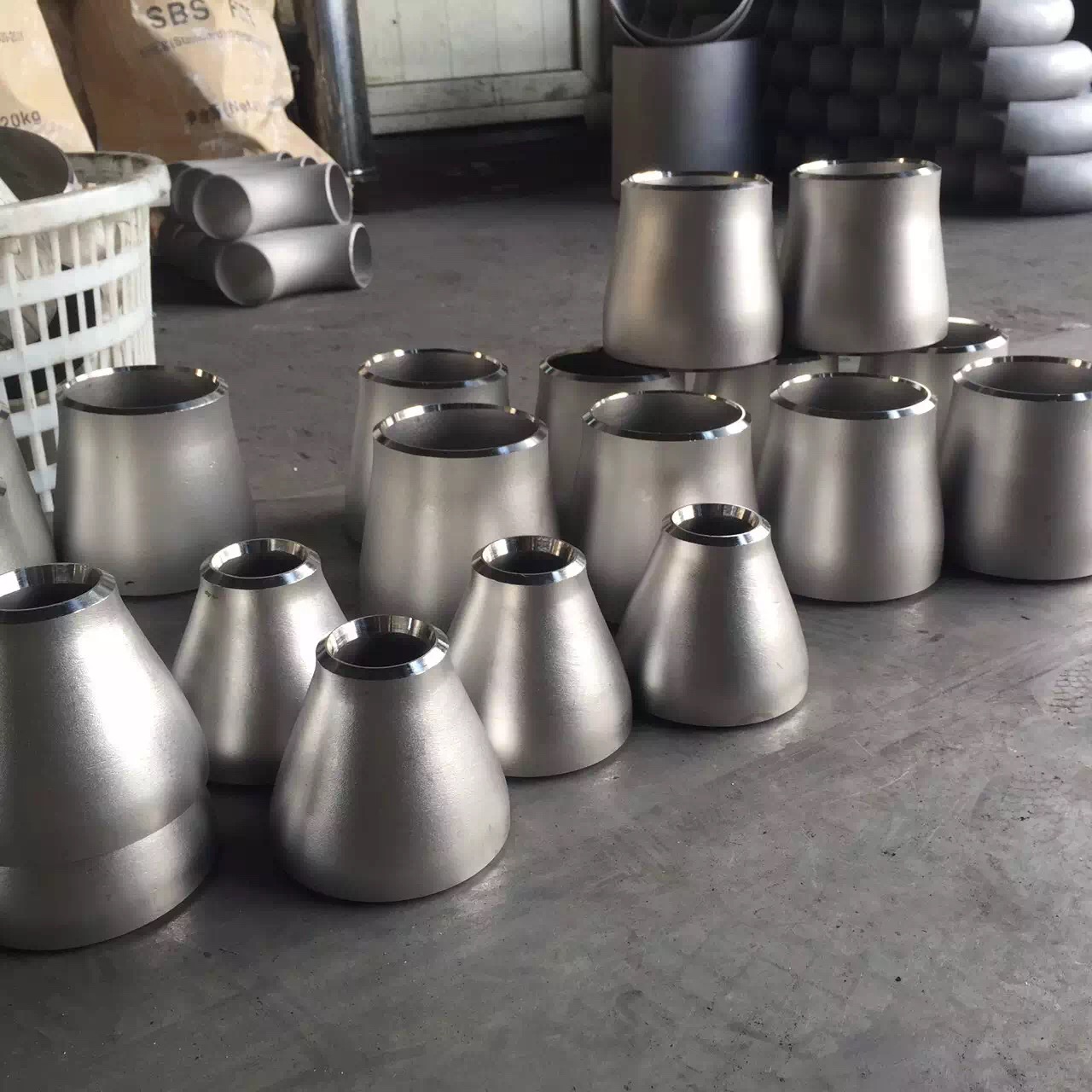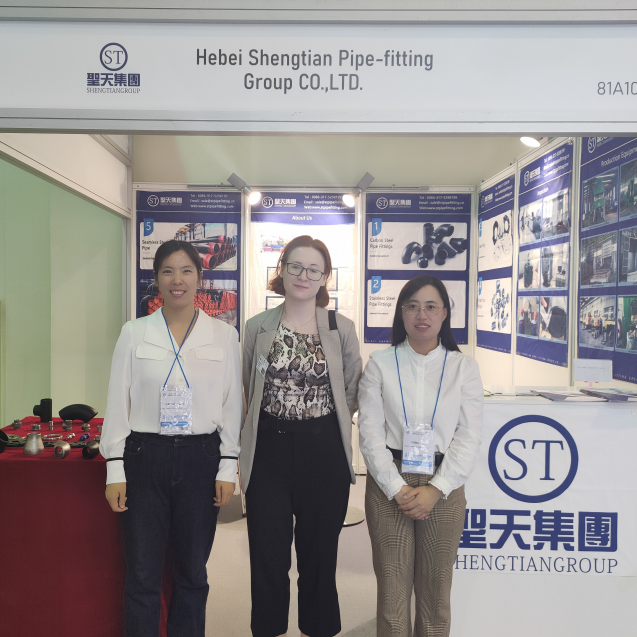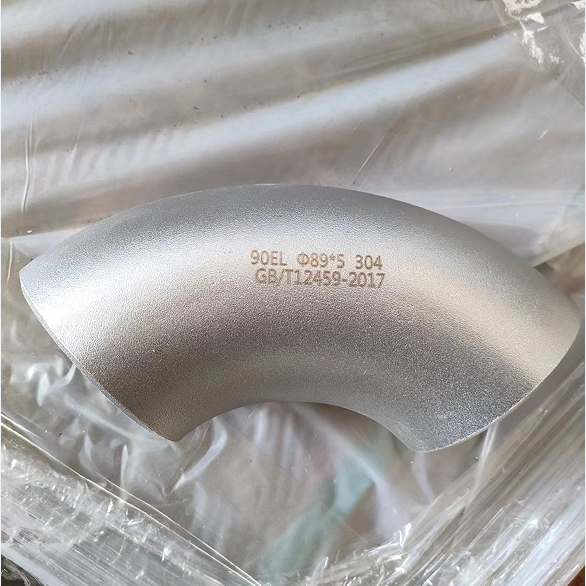JIS B2220 5K Carbon Steel Blind flanges should not use stainless steel bolts. Stainless steel bolts are chosen for easy disassembly (carbon steel is prone to rusting), and can also be used in certain situations where hot work is not allowed or in other situations. JIS B2220 5K Carbon Steel Blind flange have also gradually developed in the field of steel. Carbon Steel Blind flange blanks belong to the rough parts produced under the production of Carbon Steel Blind flanges and Carbon Steel Blind flange discs. However, the steel parts of these JIS B2220 5K Carbon Steel Blind flanges are left behind to manufacture Carbon Steel Blind flange blanks. Carbon Steel Blind flanges with neck butt welding, neck flat welding, socket welding, and threaded flanges are generally made using forging or forging processes. When manufactured using steel plates or profiles, the following requirements shall be met:
1. The steel plate should undergo ultrasonic testing and have no delamination defects;
2. The steel should be cut into strips along the rolling direction, bent and welded into circular rings, and the surface of the steel should form a cylindrical ring. Steel plates shall not be directly machined into neck flanges;
3. The butt weld of the circular ring should be a full penetration weld; The use of carbon steel bolts does not require the addition of insulation gaskets and sleeves. Adding insulation gaskets and sleeves is only used in situations where there is a possibility of electrification or where the fluid in the pipeline is flammable and explosive. In such situations, stainless steel bolts should also be equipped with insulation gaskets and sleeves.
A flange is a connecting device for two large-diameter pipelines, usually consisting of two Carbon Steel Blind flange pieces and several fastening bolts. JIS B2220 5K Carbon Steel Blind flange is a flange made of carbon steel. Low carbon steel has good plasticity and low strength, and after adding an appropriate amount of carbon element, it will become hard, with reduced plasticity and enhanced strength. JIS B2220 5K Carbon Steel Blind flange connection may need to withstand high tensile, compressive, torsional, and shear strength, and carbon steel flange is a better choice. The butt weld of a circular ring should be subjected to post weld heat treatment, And conduct 100% radiographic or ultrasonic testing, and the radiographic testing meets the level II requirements of JB4730, while the ultrasonic testing meets the level I requirements of JB4730.
 The connection method and interface type of stainless steel pipe fittings reducer
The connection method and interface type of stainless steel pipe fittings reducer
 Shengtian Group successfully participated in the Russian Oil and Gas Exhibition
Shengtian Group successfully participated in the Russian Oil and Gas Exhibition
 Production process of stainless steel tees
Production process of stainless steel tees
 ASME B16.9 Stainless Steel Elbow Dimension
ASME B16.9 Stainless Steel Elbow Dimension